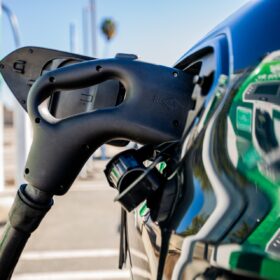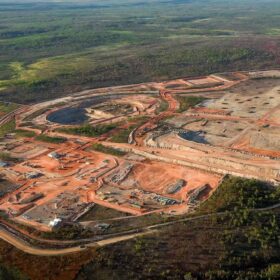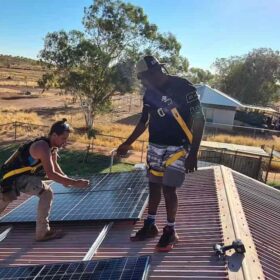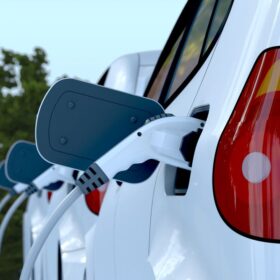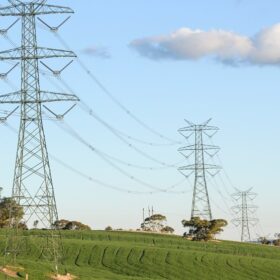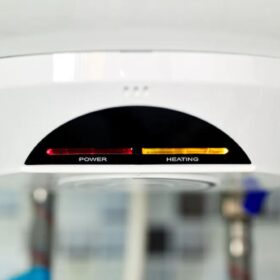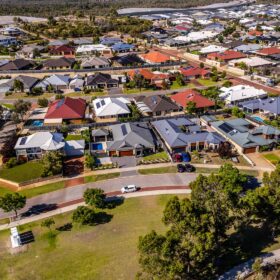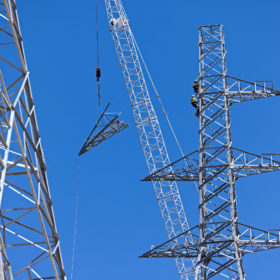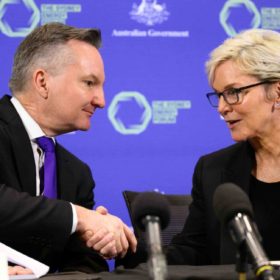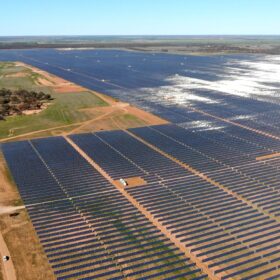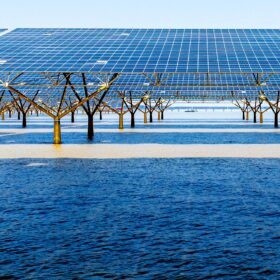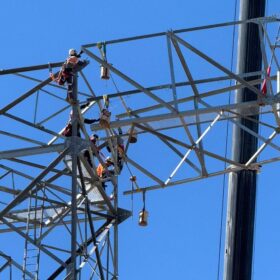Why Indonesia wants Australia’s help to supply world with EVs and batteries
Australia and Indonesia are forging closer economic ties built on what each country can offer the other in the transition to clean energy. Indonesia is emerging as a maker of electric vehicles and the batteries that power them. Australia has the lithium reserves Indonesia needs to do this.
Sixfold increase in minerals needed for renewables and batteries
We are seeing the biggest changes in our energy and transport systems since industrialisation. By 2026, global renewable energy generation is expected to match total fossil fuel and nuclear output.
Many First Nations communities swelter without power. Why isn’t there solar on every rooftop?
Over 3.4 million Australian houses now have rooftop solar, often subsidised by government incentives. But in remote First Nations communities in the Northern Territory, you don’t see solar on any rooftops. That’s a real problem.
Vehicle to everything can be the answer to support the grid, GridBeyond finds
Electric vehicles (EVs) are expanding at a fast pace in several of the world’s largest markets. This is being driven by governments and automakers who are promoting electricity powered vehicles as a key technology to curb fossil fuel use, fight climate change and air pollution, but rapid EV uptake is also creating challenges for the grid.
VNI West Project could delay the retirement of coal generators
Analysis conducted by Cornwall Insight Australia reveals that certain coal plants in New South Wales may benefit from delaying their retirement, following the release of new plans for the VNI West transmission project.
Using electric water heaters to store renewable energy could do the work of 2 million home batteries
Australia’s energy transition is well under way. Some 3 million households have rooftop solar and sales of medium-sized electric cars are surging. But as we work towards fully electric households powered by renewable energy, have we overlooked a key enabling technology, the humble electric water heater?
Community batteries are popular – but we have to make sure they actually help share power
To power Australia without fossil fuels will mean using batteries to store power from solar and wind. We often think this means home batteries – or large grid-scale installations.
Why reform to Australia’s transmission regulations is urgent
The Australian Energy Market Operator (AEMO) has renewed its calls for a fast-tracking of new transmission links, saying that parts of the country’s main grid are effectively in gridlock and causing unprecedented amounts of wind and solar to be curtailed.
Why Australia needs friends (and a climate AUKUS) to reach its climate goals
AUKUS has been widely hailed as Australia’s largest-ever defence investment and the Quad as a new focus for defence strategy – but what do they mean for our energy landscape? SMA’s Joshua Birmingham argues it’s time to look beyond defence cost and grow our relationships to fight the climate change war.
Green hydrogen funding a step forward – but a step doesn’t win race
It sounds like a lot. Kickstarting green hydrogen in Australia with $2 billion (USD 1.35 billion) to subsidise early production and making the energy-dense gas competitive. A goal of up to a gigawatt of electrolyser capacity within seven years.
